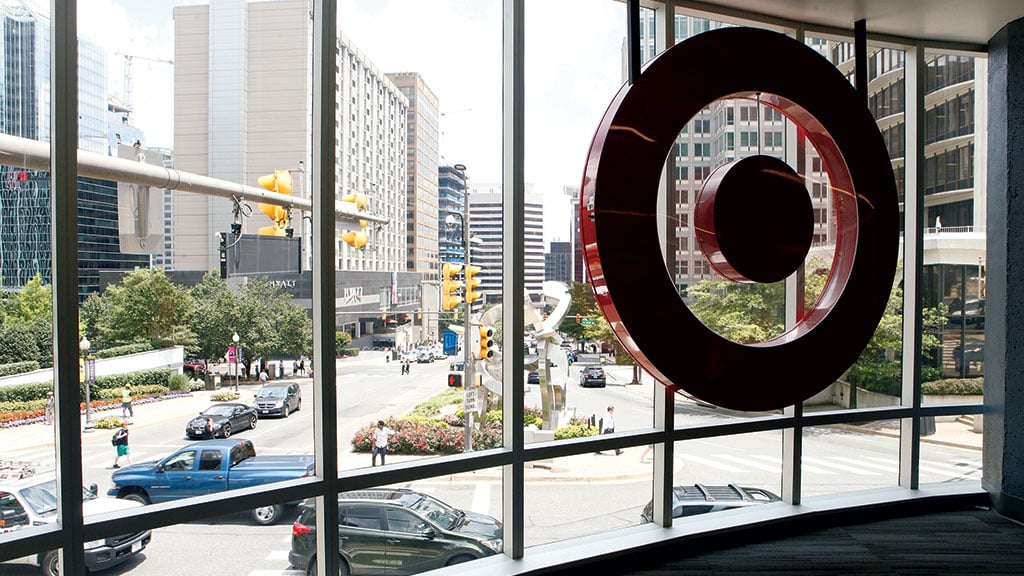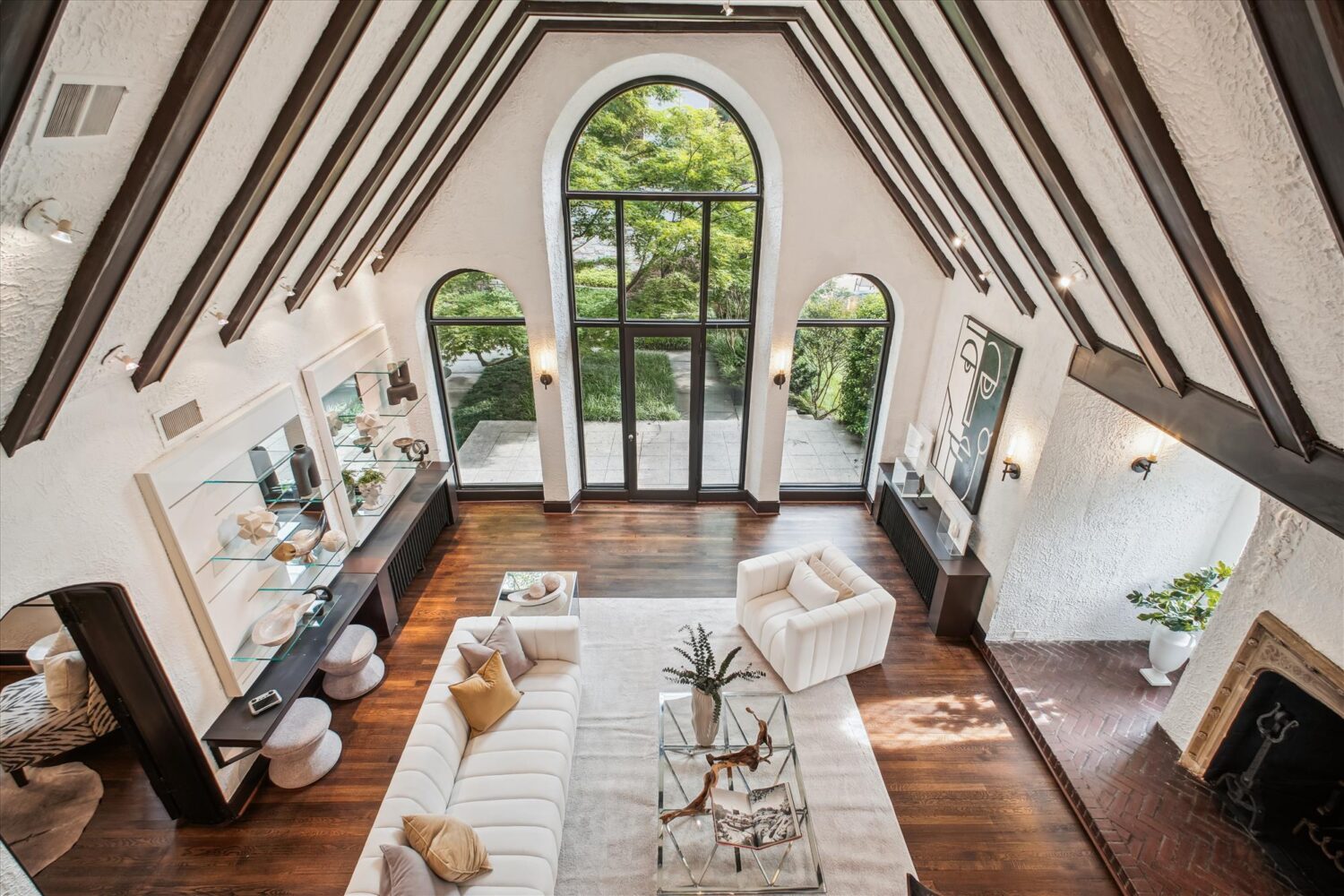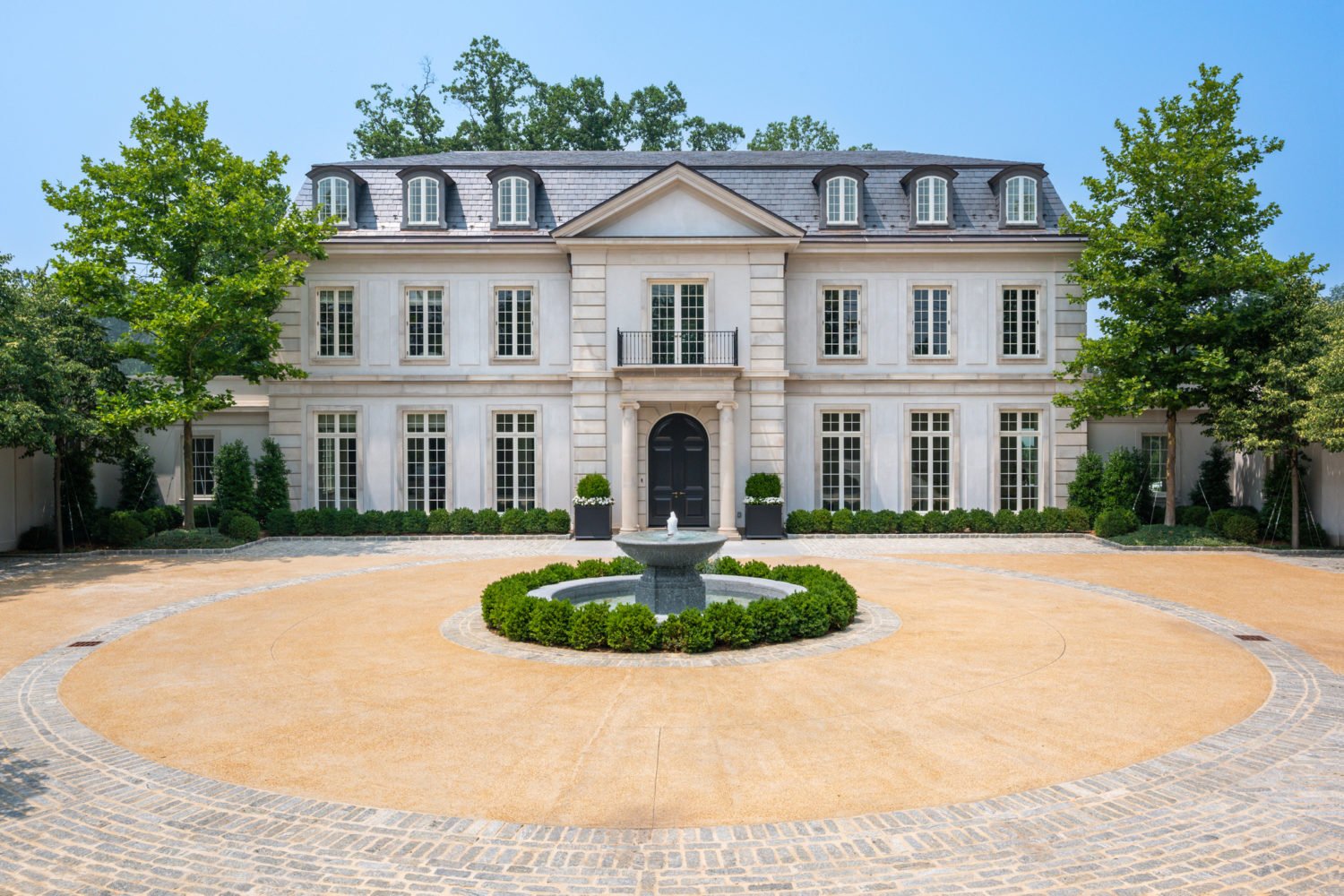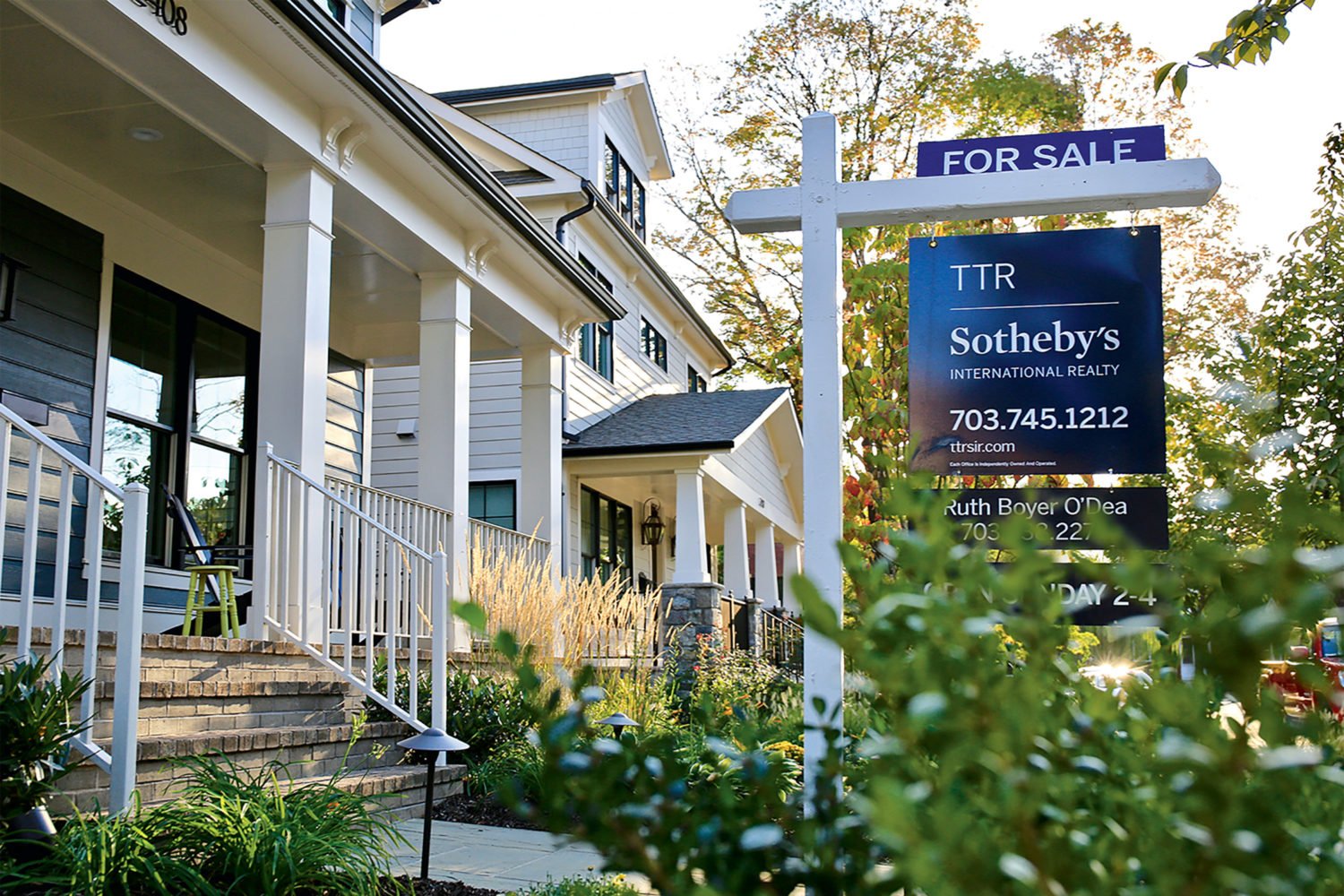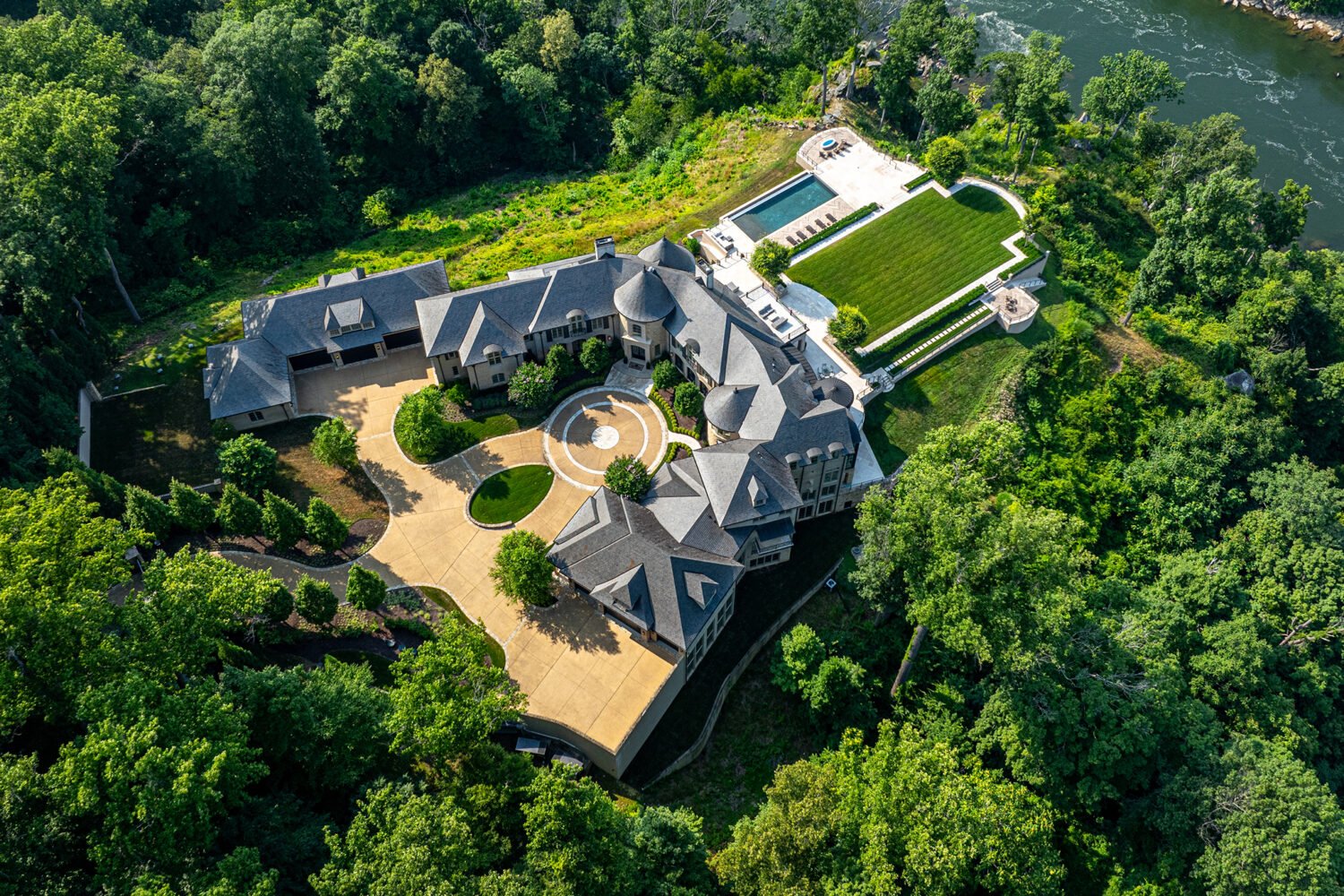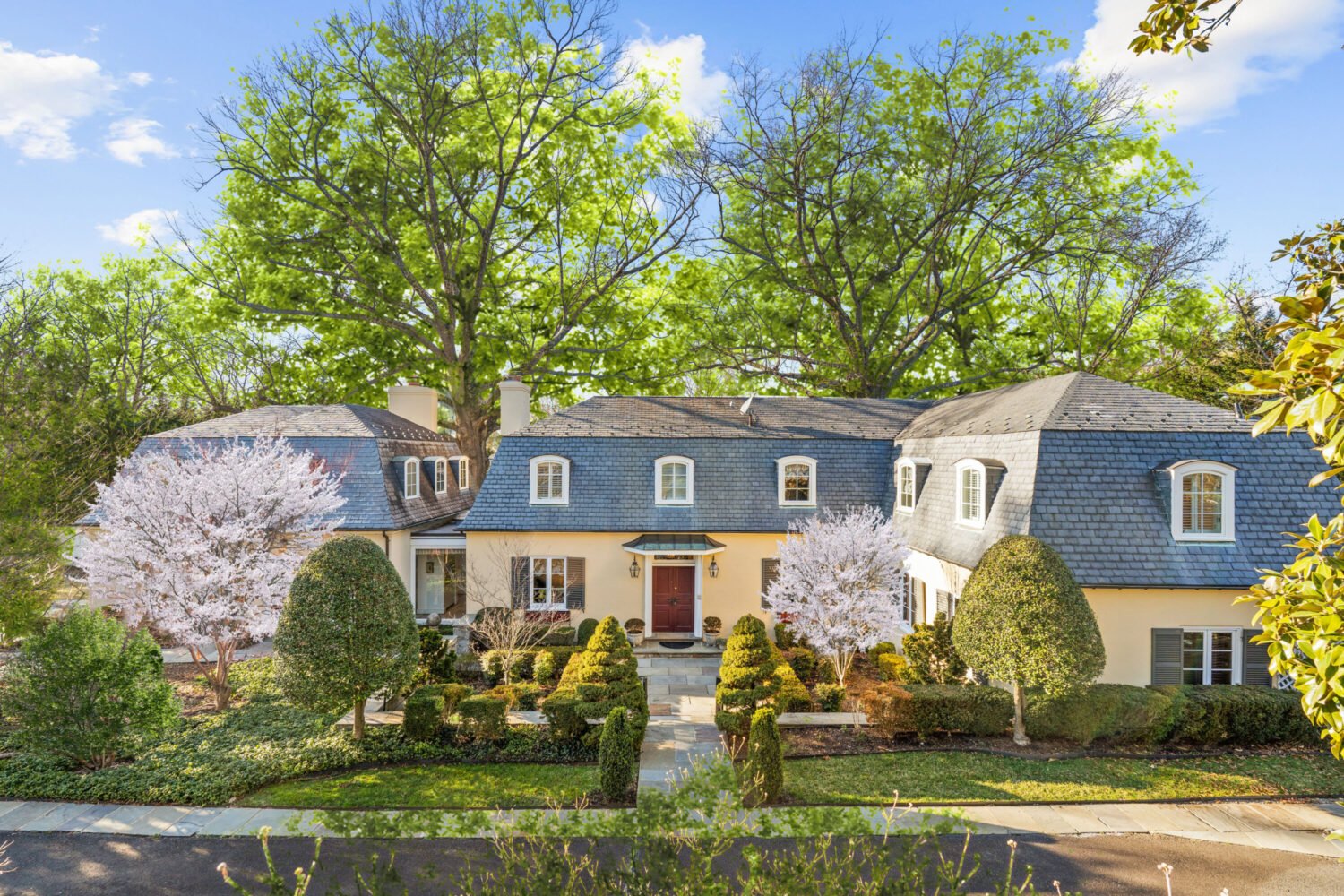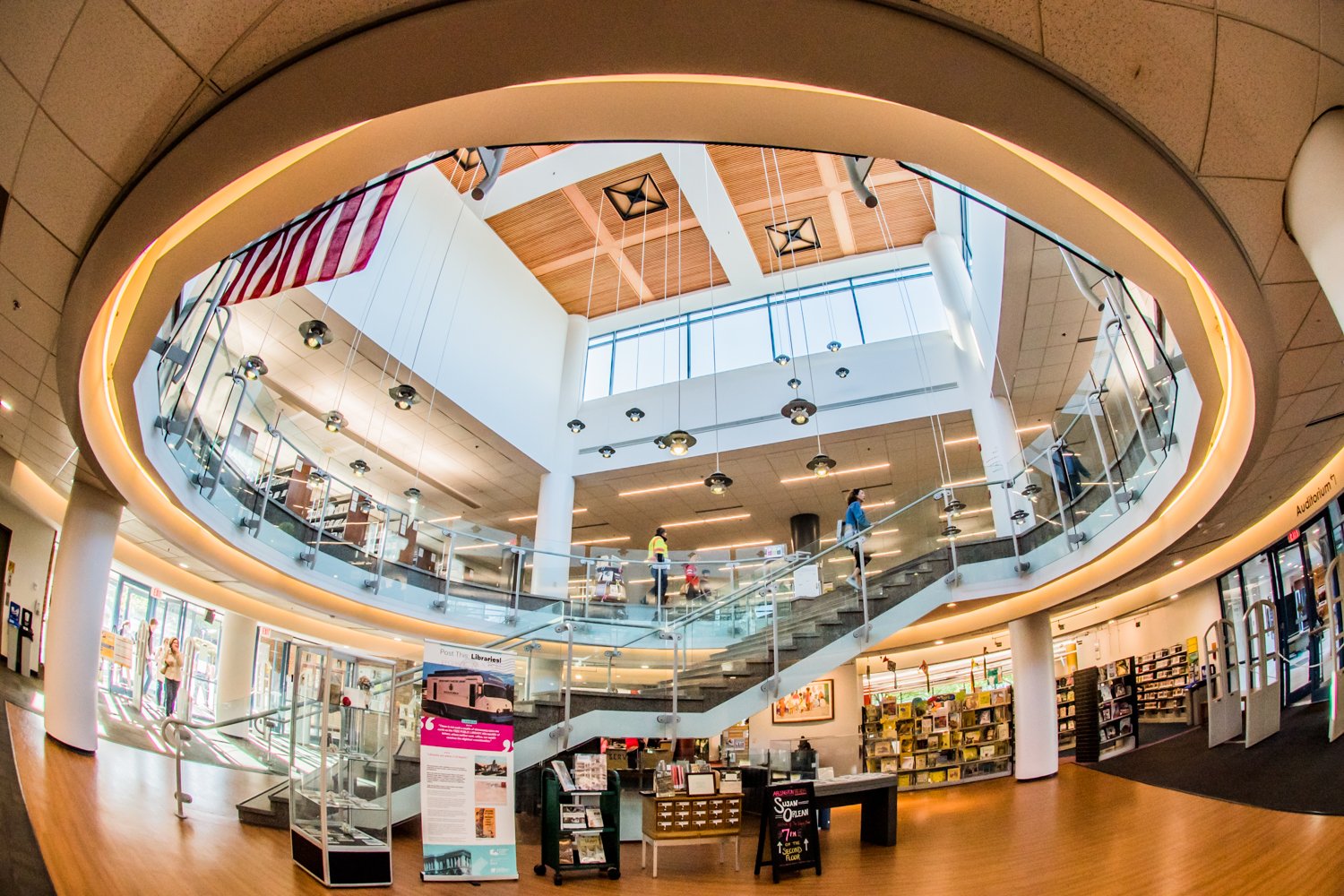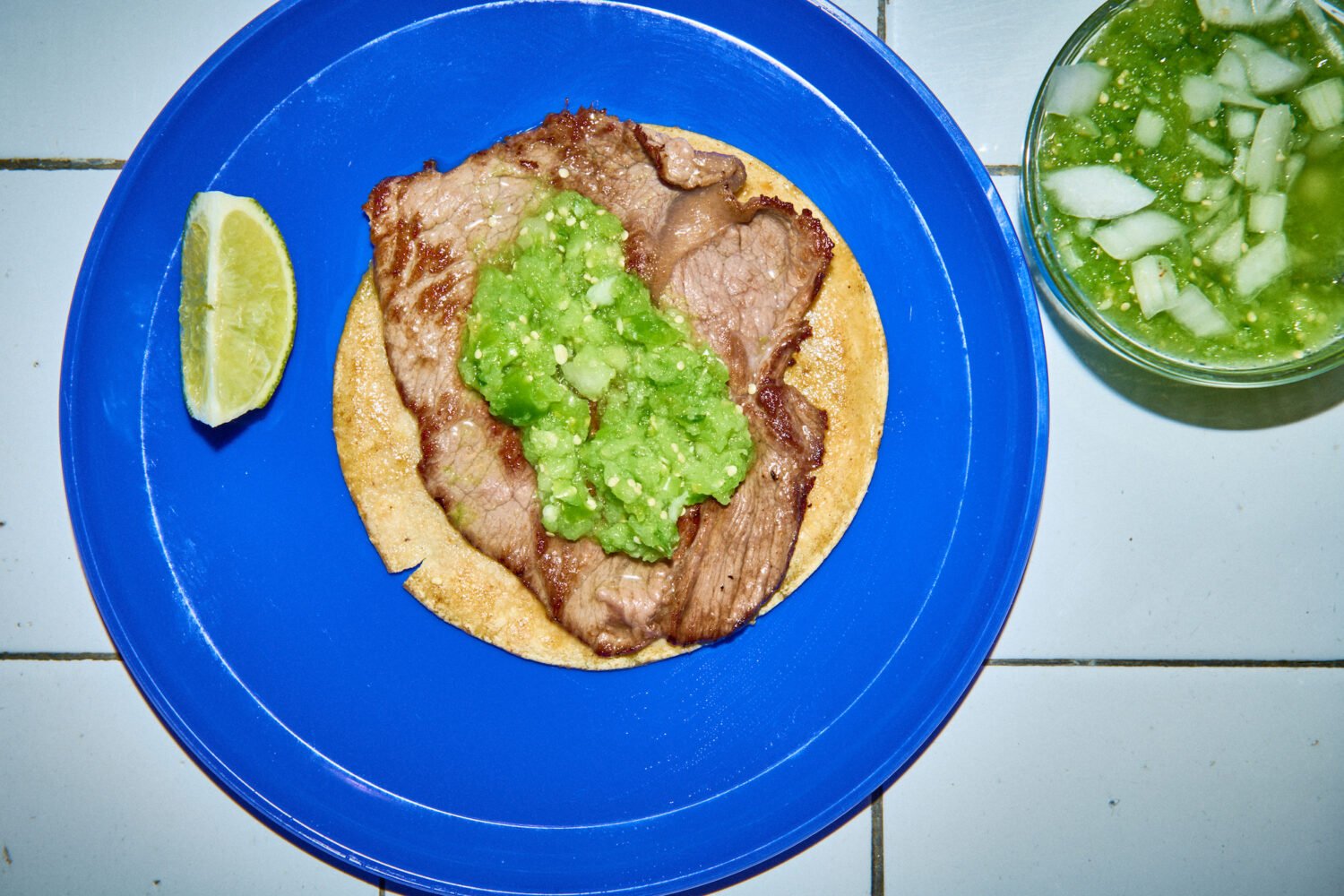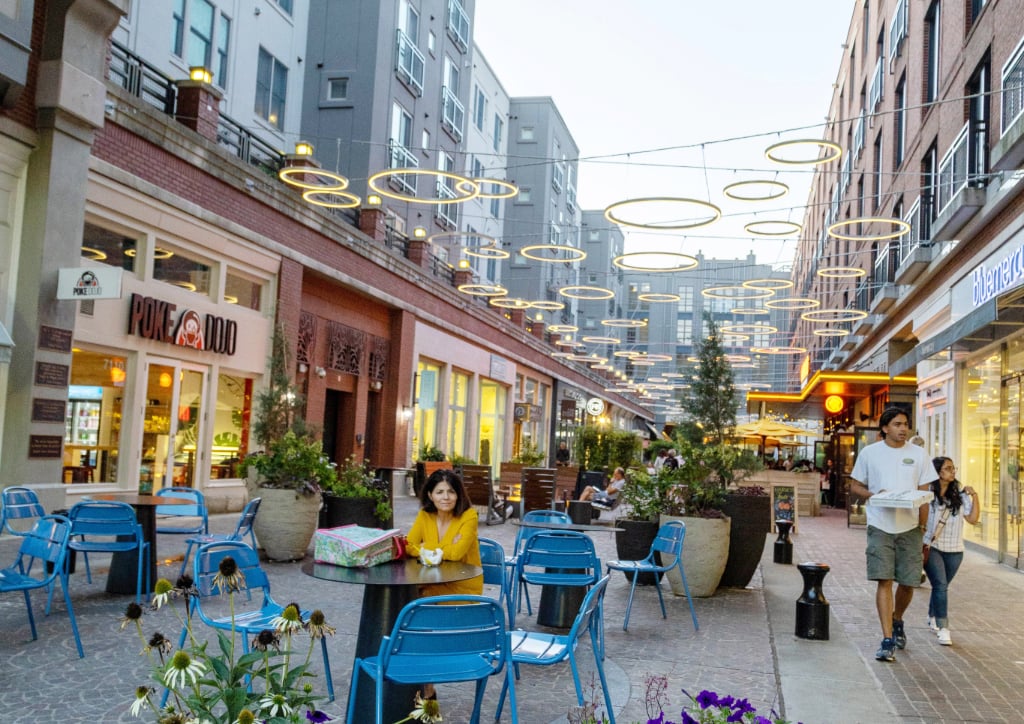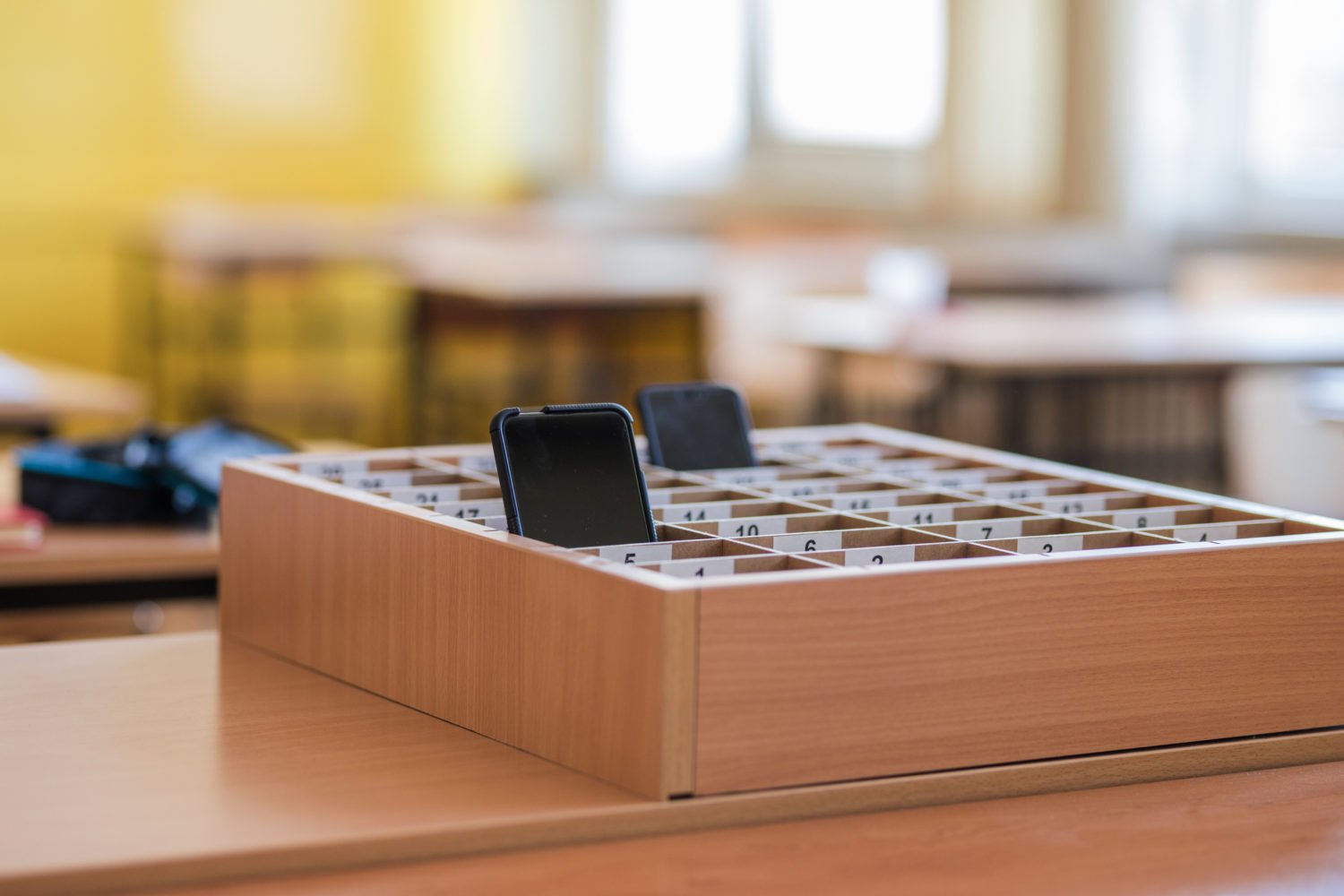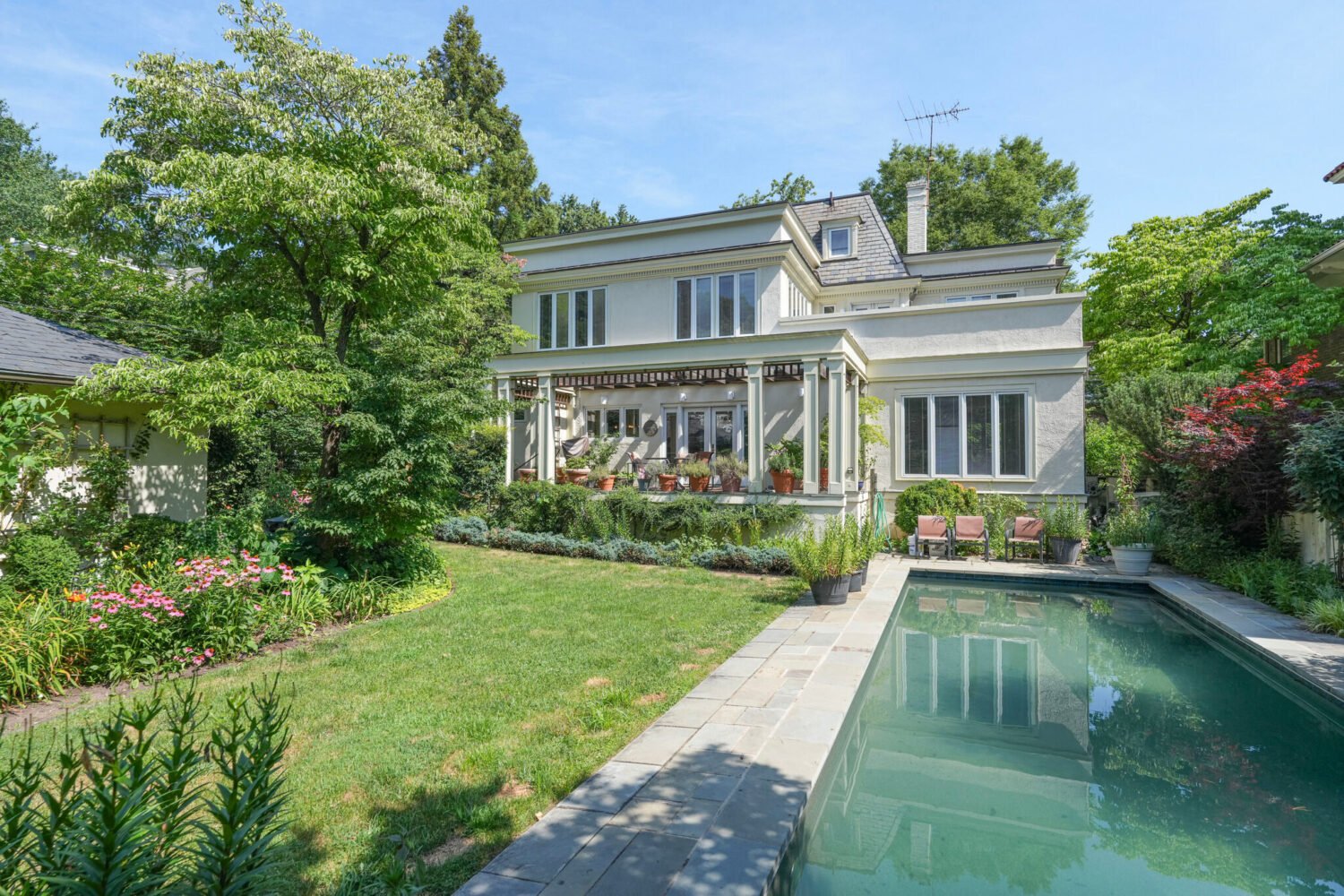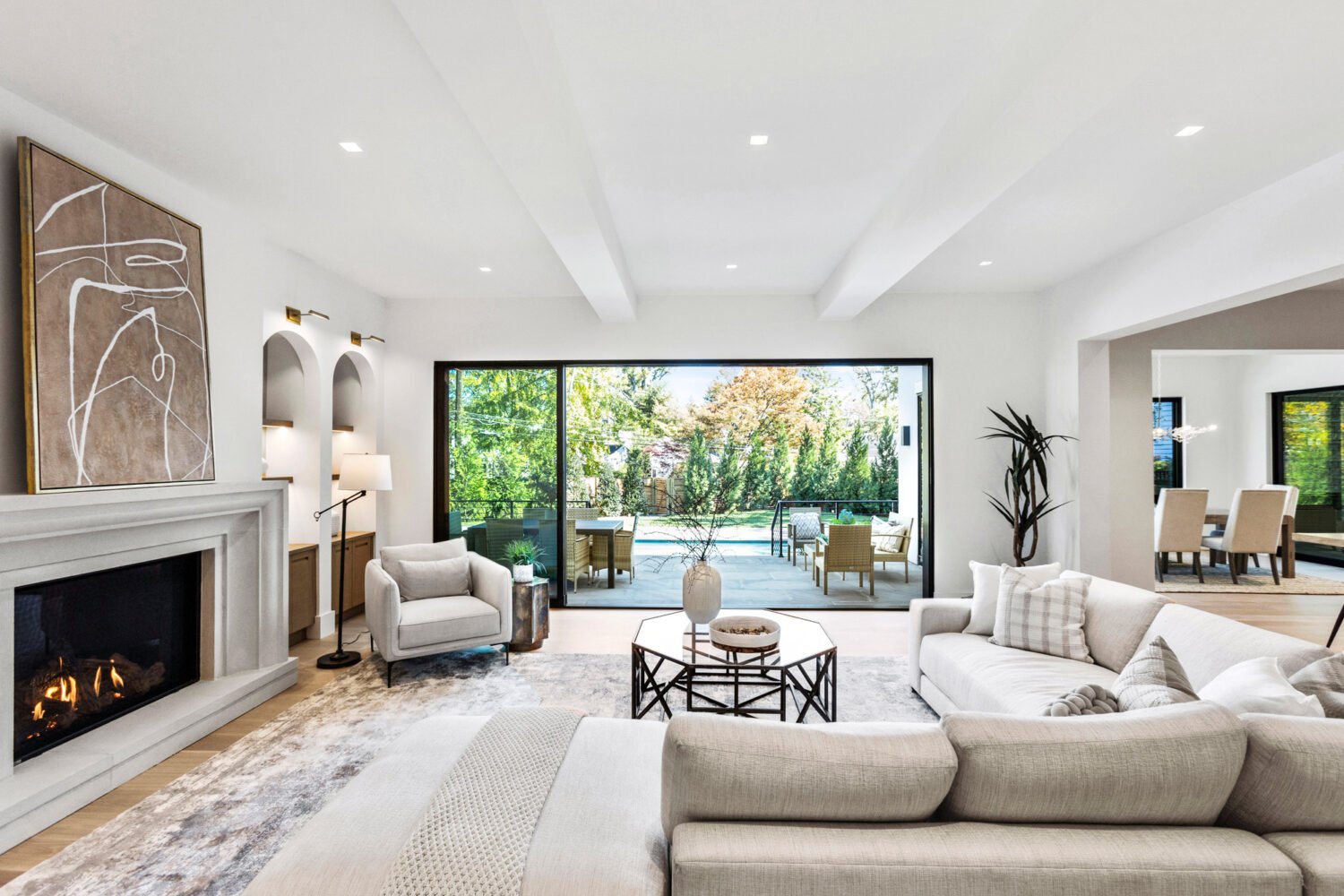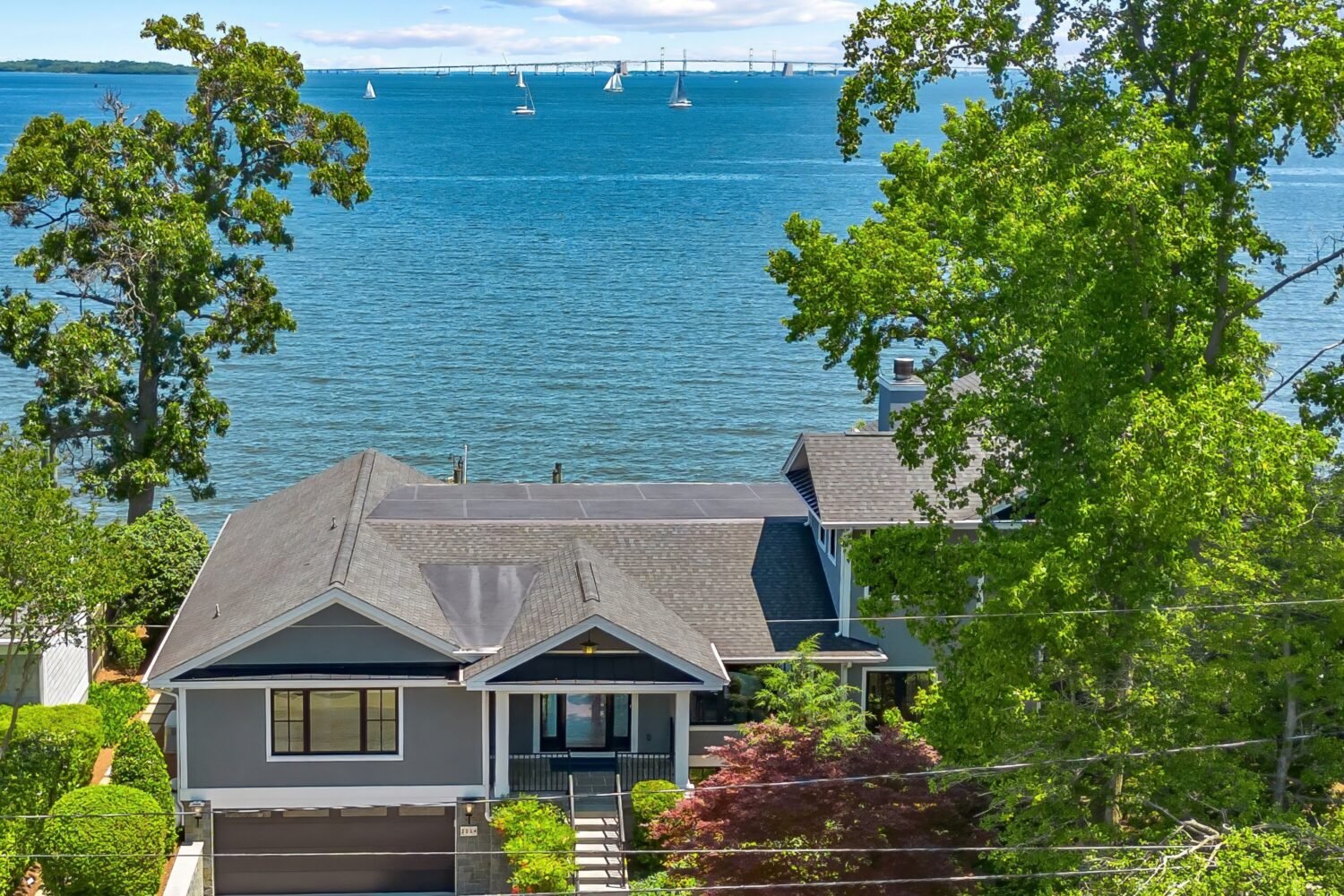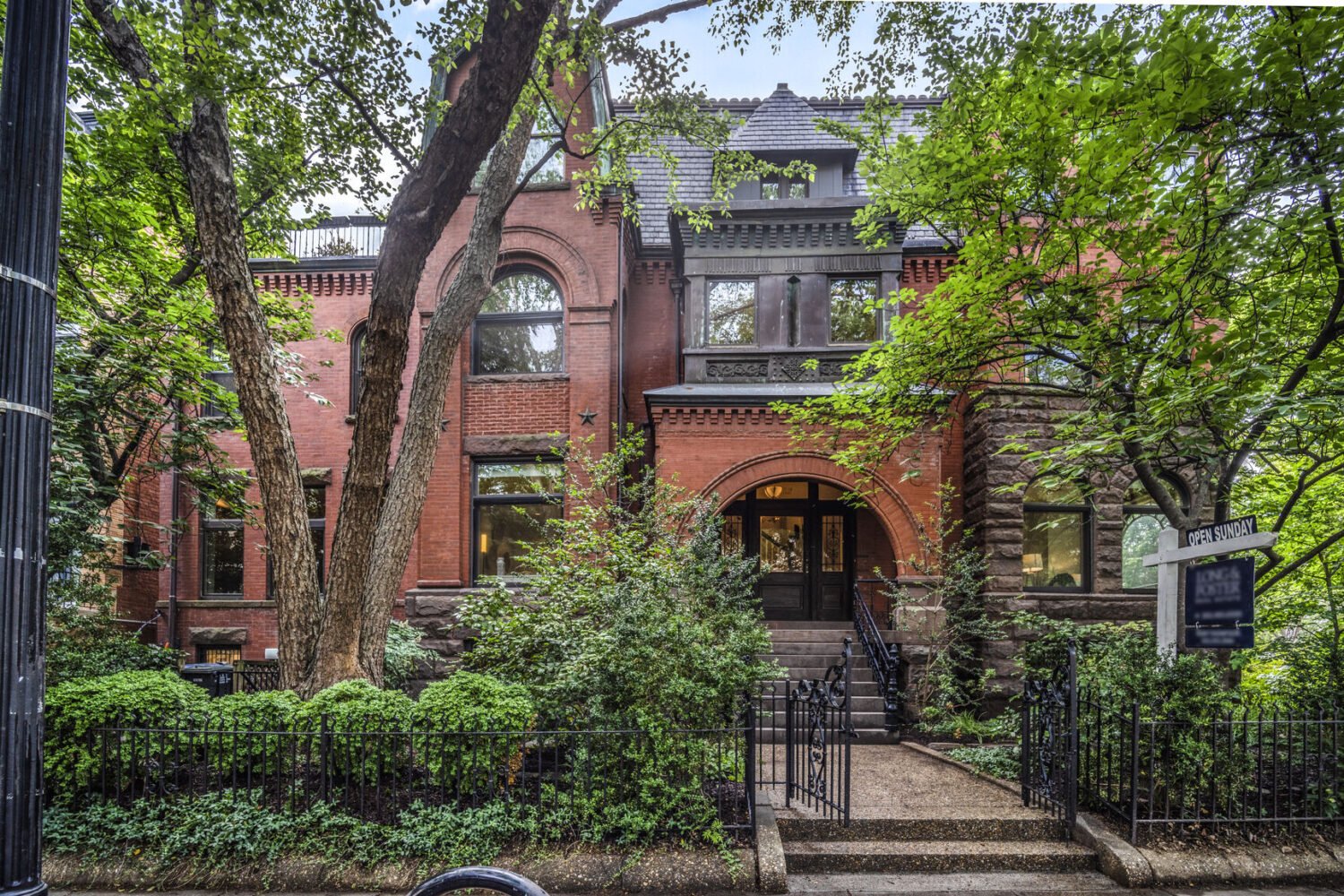Washington’s newest Target store is surprisingly discreet. Its entrance, at the base of a Rosslyn office building, is tucked into an alcove off Wilson Boulevard, the chain’s trademark red logo the only indication of what lies within.
You won’t find 18-roll packs of toilet paper or lawn furniture here. This cozier incarnation of Target is “curated” for city dwellers without cars who have to lug their purchases up Arlington’s hills on foot. The produce department—a careful selection of shiny apples—sits near some modish throw pillows. Workout clothes hang beside cleaning products. The usual wall of big-screen TVs is reduced to a rack of smartphones and charging accessories.
The store, for now, is part of a select group—including one across from the University of Maryland in College Park and another opening soon in downtown Bethesda—that represents Target’s attempt to break out of its car-bound suburban box. Originally called Target Express, these city-style stores cover about 20,000 square feet, roughly a third the size of a football field, instead of an old-school SuperTarget’s three fields, and they feel lighter, slicker.
The stores are part of a national trend that extends beyond retail. Three miles away in Ballston, a similarly slimmed-down Applebee’s opened in June among the sophisticated, chef-driven eateries flocking there. It will swap out the traditional “stuff on the walls” decor that screams “suburban strip mall” for reclaimed wood and sleek concrete and metal surfaces.
As young, upwardly mobile Washingtonians flock to urban corridors such as 14th Street as well as town-center-style developments around Metro stations like Tysons, national chains—many of them traditionally wary of stores that didn’t come surrounded by ample parking—are trying to follow them. And they’re trying to do so via buildings that fit into their environments.
That marks a change. Target first pushed into urban Washington with a 200,000-square-foot store in the then-gentrifying neighborhood of Columbia Heights. The retailer agreed to come on the condition that the District would build 1,000 parking spaces—a demand based on the standard thinking about what it would take to accommodate shoppers. But from the day it opened in 2008, the garage has been more than half empty, proving that big-box shoppers don’t necessarily depend on the automobile. (DC has since rewritten its regulations on how many parking spots retail developments have to provide.)
Rosslyn’s tiny store represented the next step, an archetype that allows the chain the flexibility to compete for shoppers on foot along with CVS or Walgreens.
The retailers’ rush to urban spaces has brought names we’re used to seeing mired amid suburban parking lots. Sometimes that means shacking up with direct competitors: At the newly rechristened Ellsworth Place Mall (formerly City Place) in downtown Silver Spring, T.J.Maxx, Marshalls, Ross Dress for Less, and Dave & Buster’s are stacked one atop the other. Elsewhere, shoppers get a layered effect, as in Friendship Heights, where Cartier rubs elbows with T.J.Maxx, Marshalls, and DSW Shoe Warehouse.
The clusters appeal to developers because they jibe with the foot traffic that the town-center concept is built around. Rather than stealing one another’s customers, each store gets multiple chances to grab shoppers. No wonder the urban retail boom is being led not by one-of-a-kind boutiques but by “off-price” outlets such as Nordstrom Rack and T.J. Maxx that provide a “thrill of the hunt” experience that can’t happen online. The constant possibility of new bargains also rewards repeat visits, driving up foot traffic.
• • •
The future of retail in Washington looks a lot like shopping did 50 years ago, when city dwellers and close-in suburbanites headed to the open-air shopping streets that prospered before the rise of the mall. But instead of swinging downtown to shop at Woodies, Garfinckel’s, and Lansburgh’s department stores, modern Washingtonians will hit Marshalls, Nordstrom Rack, and maybe Target for household goods—plus groceries for dinner.
National brands are not only chasing the urbanizing population; they’re also fleeing a collapsing suburban market. Many clothing chains are struggling to stay afloat, particularly department stores, some of which have begun mimicking off-price retailers to stay relevant. As malls like White Flint in Maryland are torn down—with plans to redevelop them as a mix of housing, some retail, and offices—and aging strip malls are replaced with townhouses, the trend toward urban-style, highly curated retail will only increase.
After 50 years of 50-acre retail campuses designed exclusively for shoppers arriving in cars, it’s about time stores realized that customers on two feet have cash to burn, too. It wasn’t long ago that many shoppers would have laughed at the idea of walking their Target haul home. Today, they’ll eagerly seek out the privilege of doing so. That’s great for Washington, and for the region as a whole.
This article appears in our August 2016 issue of Washingtonian.
Dan Reed writes Just Up the Pike, a blog focusing on transportation and urban planning in Montgomery County. On Twitter, he’s @justupthepike.

